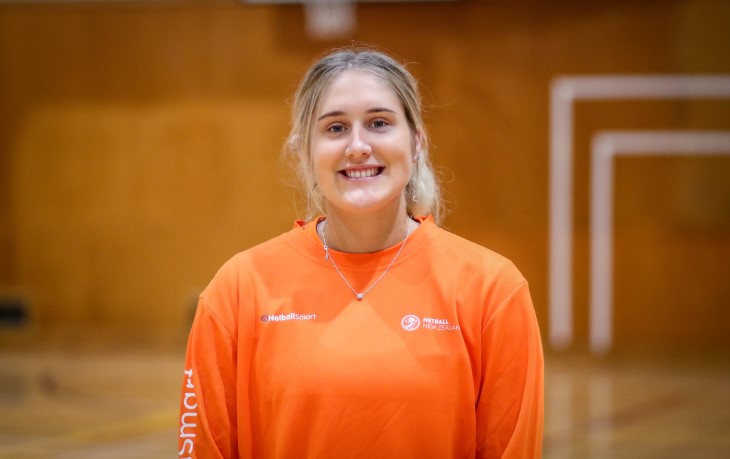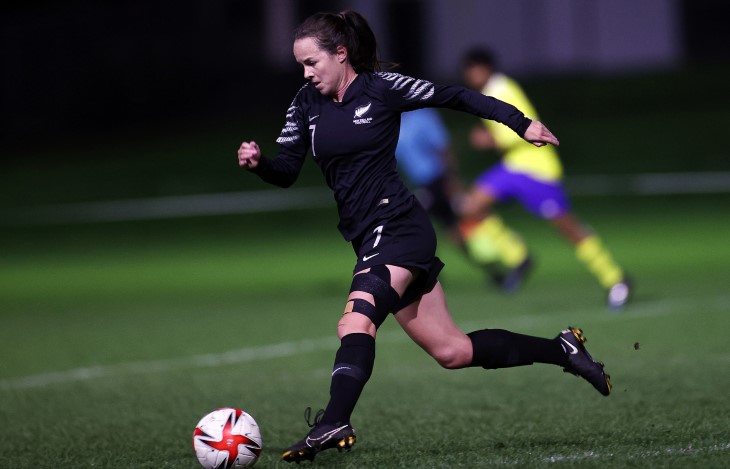Warm up to winter sports to avoid sitting on the sidelines Me whakamahana te tinana i mua i te mahi hākinakina i tēnei takurua, kei mahue kē koe ki te taha
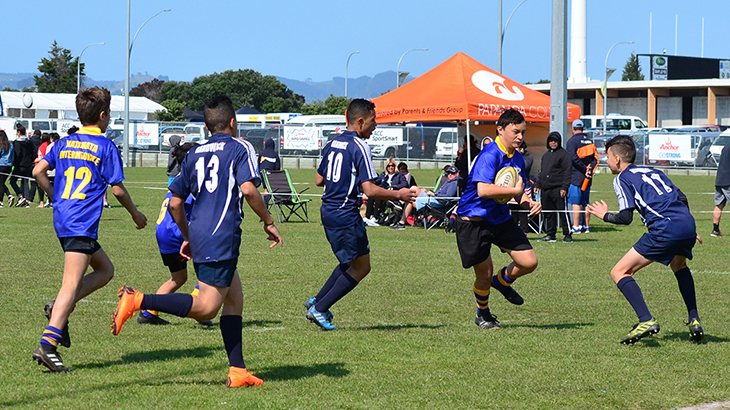
As sportspeople lace the boots for another winter season, sports physios and fitness experts are encouraging players to make sure they prepare and reduce the chance of injury.
As winter brings in the cold, sportspeople all over Aotearoa are going to be keeping warm with winter sports. Staying safe on the pitch is critical and we want to help players prevent injuries.
Figures from ACC show that over the past six years (excluding the Covid-disrupted 2020 season), injury claims for netball, football, rugby union, and rugby league players consistently peak in May as many club seasons get under way. Claims for basketball players peak in May and June.
The true cost of winter sports
In 2021, the cost of supporting people with rugby-related injuries topped $100 million, while football-related injuries cost $49.5m, and netball-related injuries cost $32.5m.
The most common injuries across all sports were strains and sprains, with knee, ankle, and shoulder injuries consistently the most prevalent.
Netball, football, and basketball injuries were most common among people aged to 10-14, followed by the 15-19 age-group. Rugby and rugby league injuries were highest among the 20-24 age-group, followed by people aged 15-19.
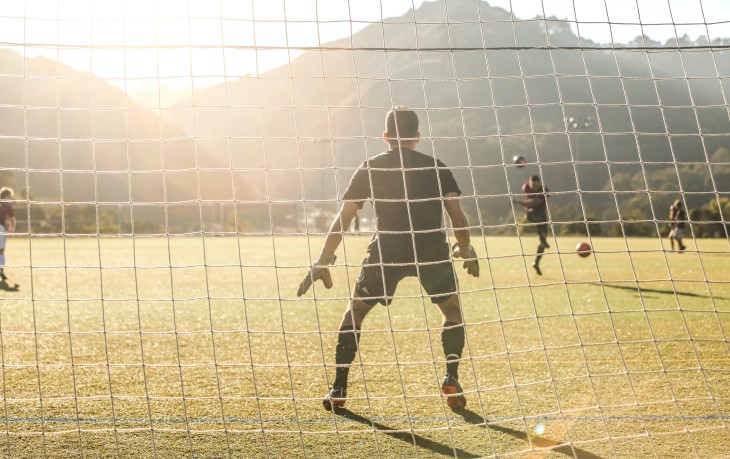
Sharon Kearney, who runs ACC’s NetballSmart programme and is director of Performance Physio in Christchurch, says early-season injuries are often caused by “too much, too soon” and a lack of pre-season preparation.
“Competition starts and the injuries flood into the clinic, because many netball players are not ready for the dynamics of netball: explosive acceleration and deceleration, change of direction, and landing,” says Sharon, a former physiotherapist for the Silver Ferns.
Sharon says ankle injuries are the most common early-season injuries, and adds these are less likely to occur among players who have practised jumping, landing, and balance in the pre-season.
Knee injuries also peak in May – when most club competitions begin, Sharon says.
“Starting competition on the back of a lack of preparation, the player is not ready for the demands of the sport.”
As with ankle injuries, knee injuries can be reduced if players have built up jumping, landing, and balance exercises pre-season, and spent time developing core and lower body strength.
Sharon says Achilles and calf injures are more common among older age-groups, as many players jump back from milder activity in the off-season to faster and more dynamic movements used on a netball court.
She advises players to progressively transition to dynamic activity, and to use NetballSmart’s Dynamic warm-up before games and training sessions.
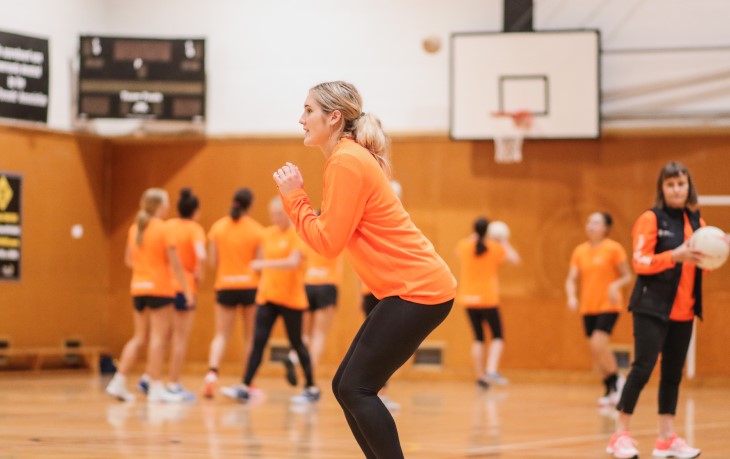
Sprint to avoid injury
David Gray, a former Scotland rugby sevens captain who runs the high-performance coaching, education, and mentoring programme Flow State, says research shows fitter and stronger athletes are less likely to get injured.
David has 16 years’ experience in professional sports coaching and performance consultancy, and has worked one-on-one with elite level athletes including Super Rugby and New Zealand Sevens players.
He says hamstring strains can be a common early-season injury, but this risk can be reduced by including sprinting sessions in pre-season training. This is a technique David has used with Hurricanes Super Rugby players during their pre-seasons.
For amateur players, these sessions should include several weekly sprint “exposures” – typically consisting of two or three sprints over 30 to 50 metres at about 90 per cent or higher of maximum running speed, with longer rest in between.
Players who have done not much physical exercise in the off-season should gradually build up to this intensity over several weeks, David says.
“Doing five, six, seven sprint exposures per week, spread across training and games, has been shown to almost have like a vaccine effect on hamstring injuries,” he says.
“Likewise, if the volume is too high and you start to do 10, 12, 15 sprints at a 100 per cent intensity, your risk of hamstring injury goes up again because you’ve overused the muscular system.”
Nordic Hamstring curls are another great way to build up muscle strength, while other body weight movements like push-ups, pull-ups, and single-leg squats are also useful exercises to build into your pre-season preparation, David says.
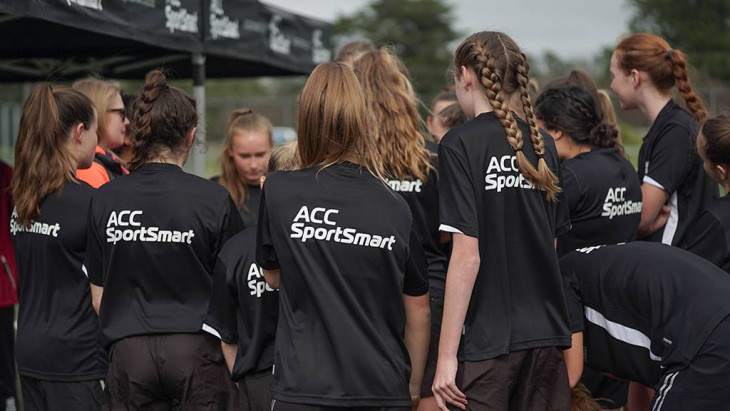
How ACC SportSmart can help you
The ACC SportSmart programme contains a range of resources for players, coaches, and referees to improve performance and reduce injury risk.
These resources include targeted preparation and conditioning programmes for netball, football, rugby, and rugby league, as well as other general information and training resources.
ACC injury prevention leader James Whitaker says research shows 90 per cent of all injuries are predictable and therefore preventable.
He encourages all sportspeople to take advantage of the SportSmart programme in the lead-up to their respective seasons.
“It’s really important to take a step back and think about how you can best prepare yourself for the upcoming season, whether that be fitness, skill work, or physical conditioning for impact sports.
“We want everyone to get out and enjoy the sports they love, but we want them to be properly geared up so they reduce their chance of suffering an injury that puts them on the sideline.”
Injury cost by sport (six-year totals: 2016-2021)
Basketball: $100.2m
Netball: $175.5m
Rugby: $526.5m
Football: $260.1m
Rugby league: $115.9m
Total: $1.18 billion
Training during Covid-19 isolation
National Netball League player Julia Wynands, who is part of the Canterbury-based Netball Mainland squad, knows all too well the impacts of Covid-19 on a season.
Julia, 19, spent two weeks isolating in early March because of Covid-19, first as a household contact of a case then after catching the virus herself.
Julia says she relied on the Netball Smart programmes to keep her match fit while at home.
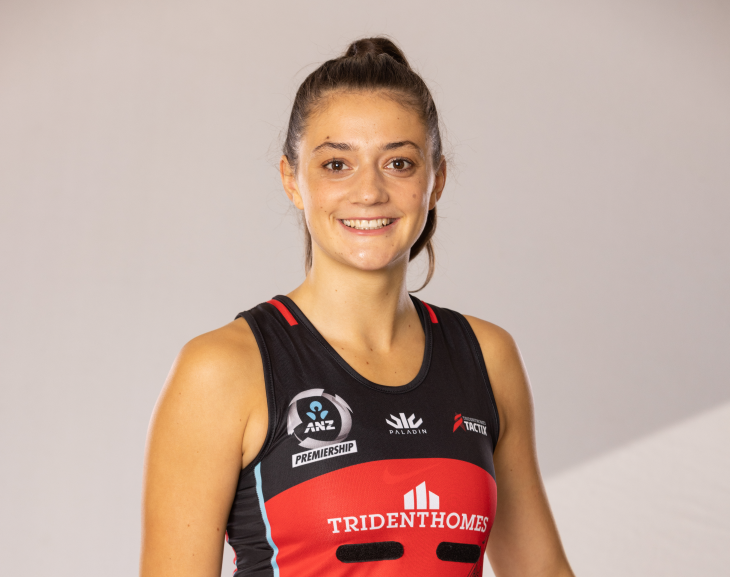
Credit: Michael Bradley Photography
“They allowed me to keep up my strength and conditioning while also trying to look after myself and be positive, which is a fine line.”
The ACC SportSmart programme includes advice for people returning to playing and training after isolating, and NetballSmart recently launched its own customised return-to-play resource.
Julia says the key to keeping fit while isolating is getting into a routine and keeping your body moving.
Taking a cautious approach
Kimiora Poi is into her fifth season with the Mainland Tactix, and has been carefully managing an old Achilles injury for the past 18 months.
Kimiora stretched tendon in September 2020, and the following month attended a Silver Ferns training camp. The workload from that camp aggravated the injury.
Kimiora says building back slowly from a period off court is the key to managing her injury, as well as doing sport-specific movements like jumping, landing, and changing direction.
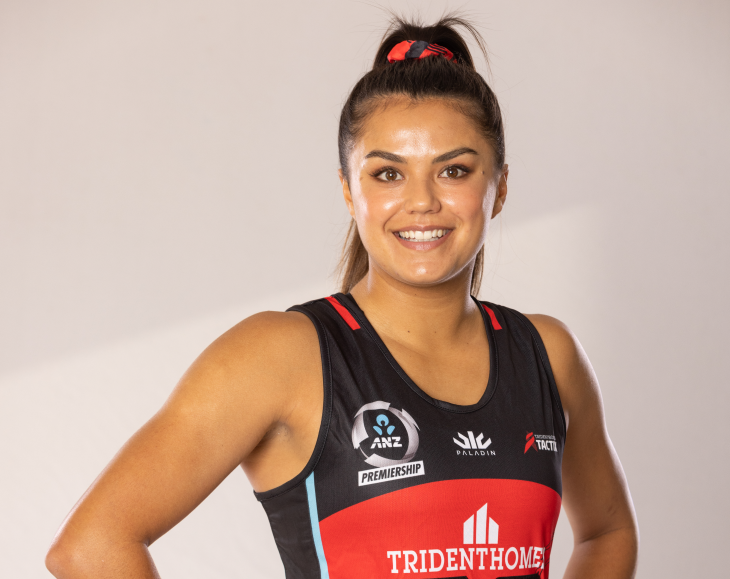
Credit: Michael Bradley Photography
“You can go for runs and stuff, which is good for your cardio fitness, but it’s the actual change of direction and the jumping and the landing that really impacts your body when you just start out playing netball.
“Even now, when I haven’t played a proper game in ages, you sort of feel the impacts after the game.
“I’ve done both ways – I’ve had a big break and gone straight into hard training five or six times a week, and I’ve also had a big break and slowly built back into playing.
“I definitely think building up the intensity and workload is the way to go, because you can ease back into it and then by the time you hit that peak week, your body’s already conditioned to it.”
Julia Wynands
National Netball League player Julia Wynands says she used ACC’s NetballSmart programme to help her keep match fit while isolating because of Covid-19.
Kimiora Poi
Mainland Tactix netballer Kimiora Poi has been managing an Achilles injury since late 2020 and says building back slowly from a period off court is the key to staying match-fit.
ACC's top tips to avoid injury this season
James says these tips can help everyone avoid injuries this season, regardless of their sport:
- Gradually increase training intensity and contact training
- Spend time working on core strength and balance
- Practise sport-specific movements you will need to use in a game
- Use the ACC SportSmart warm up at least twice a week
- Include sprinting sessions (building to 90 per cent or higher of maximum running speed) in your training
- Warm up well before games and perform static stretches afterwards
- Hydrate well and eat something nutritious and protein-rich post-game




